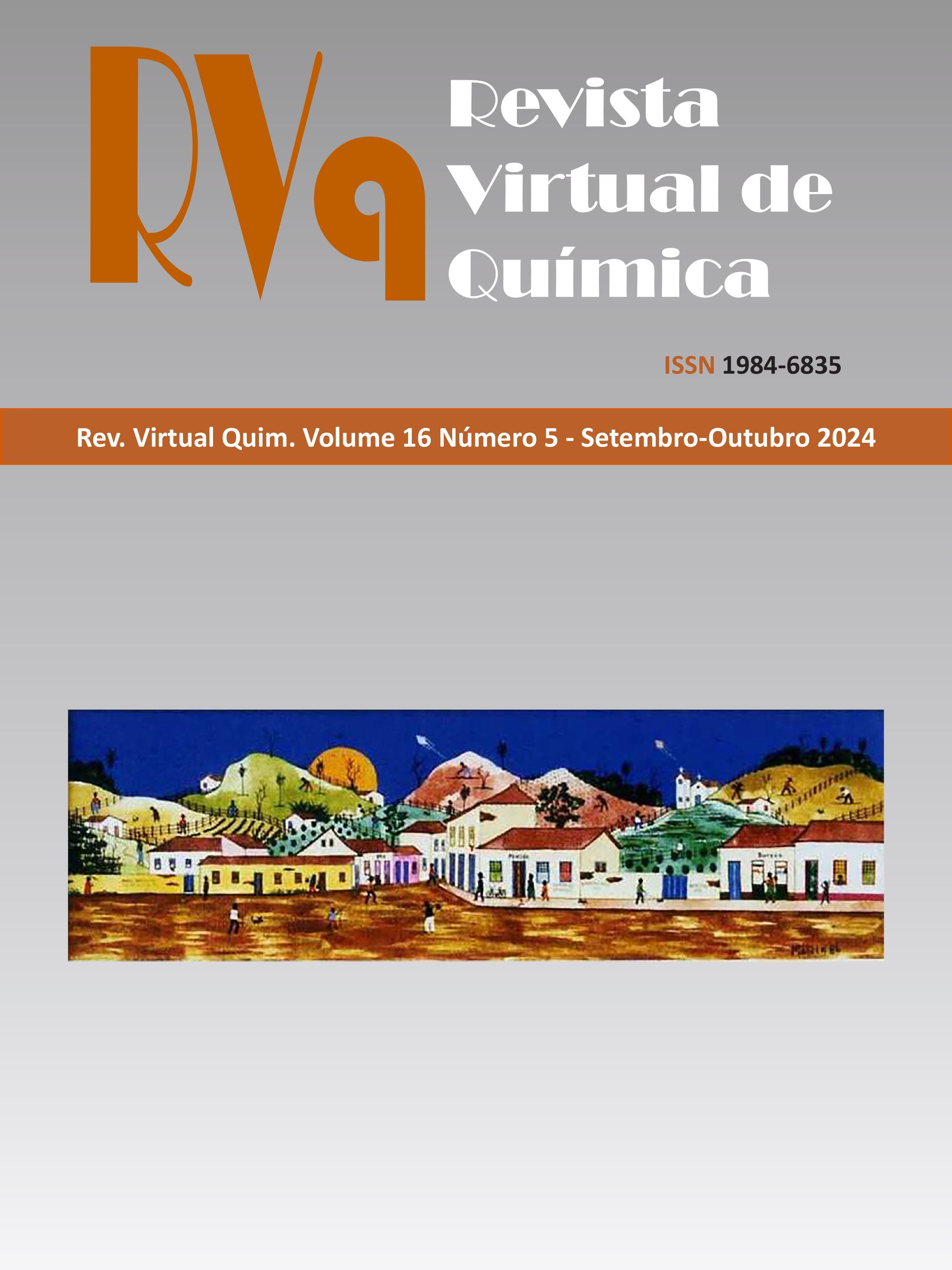Estudo Prospectivo de Moléculas Pequenas para o Tratamento da Malária a partir de Documentos Patentários
DOI:
https://doi.org/10.21577/1984-6835.20240028Resumo
Malaria is among the top 10 causes of death worldwide and is caused by Plasmodium species. Despite
the recent availability of a vaccine, the treatment of malaria, mainly caused by Plasmodium falciparum,
remains a challenge. To accelerate the process of developing new chemical entities for the treatment
of this disease and circumvent the associated high costs, patents can be used as a valuable tool for the
preparation of chemical libraries to support scientists in developing synthesis strategies and predicting new
molecules. These documents provide several relevant information about the disclosed compounds. This
study consists of a prospective analysis in which patents were utilized to identify new molecules developed
for the treatment of malaria. The patents were searched using the PatBase platform, employing the terms
“malaria/A61K AND C07/2014-2023”. Twenty-four patents published in the last decade, containing in
vitro and in vivo data on new chemical entities, were reviewed. The main functional groups found in the
families of the 24 patents described in this research are discussed. Six out of twenty-four patents presented
molecules with pharmacophoric groups similar to those in clinical use, while new classes of molecules
demonstrated promising activity against Plasmodium falciparum species. Patent documents are valuable
for studying innovative molecules, aiding decision-making and malaria combat by providing insights for
library creation and R&D strategies.
Downloads
Publicado
Edição
Seção
Licença
Copyright (c) 2024 Revista Virtual de Química

Este trabalho está licenciado sob uma licença Creative Commons Attribution-NonCommercial-NoDerivatives 4.0 International License.
Autores que publicam nesta revista concordam com os seguintes termos:
Os direitos autorais para artigos publicados nesta revista são do autor, com direitos de primeira publicação para a revista. Em virtude do acesso público, os artigos são de uso gratuito em aplicações educacionais e não-comerciais desde que com reconhecimento da autoria e da publicação nesta revista.

